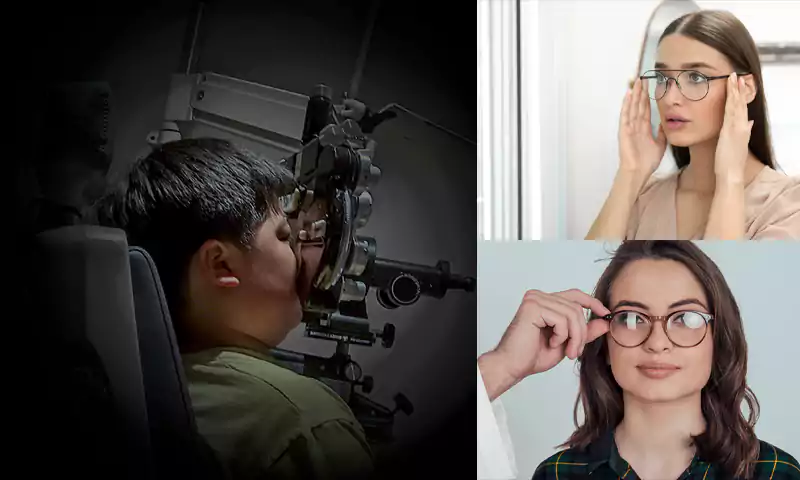
The eye prescription is a list of the refractive errors of your eyes, which are used to calculate the lens power required to correct your vision. Refractive errors are in the form of nearsightedness, farsightedness, astigmatism, and presbyopia. The eye prescription is determined by measuring how much a person’s eyes need to be corrected for these errors.
The step is to take a ruler and measure the distance from your eye to the wall. This should be done at arm’s length, with your arms extended straight in front of you and parallel to the floor. The third step is to measure this distance on a chart of vision distances, which can be found online or in a library.
Choosing the right eye prescription is a process that is best done with the help of an optometrist. They can help you find the perfect cylinder ds meaning a prescription for your needs and lifestyle. It is important to consider your lifestyle when choosing an eye prescription. If you are always on your computer or reading, you may need a stronger prescription than someone who does not spend much time in front of screens or reading.
If you have astigmatism, it’s important to get a pair of glasses that have lenses that correct this condition. This will ensure that your eyesight is corrected and clear at all times no matter what activity you are engaged in. Planning lenses are a form of planning that help to organize and prioritize tasks. They are designed to help people understand what is important to them and their goals.
The way they work is that you take a sheet of paper and draw a line down the middle, creating two columns. The left column is for what you want to do, and the right column is for what you want to avoid doing. After this, list your tasks in the left column, with their corresponding priorities in order from top to bottom. This will allow you to organize your tasks by importance instead of when they need to be done.
If you have just gotten new glasses and are experiencing any of the following symptoms, your prescription may have changed. Your vision is blurry or distorted. You are experiencing double vision. You feel dizzy or unbalanced. Your eyesight is not as intense as it used to be. We all know that wearing glasses can help in improving eyesight.
There are many reasons why your eyesight may not improve after getting glasses. The most common reason is that you might have an underlying condition like myopia, hyperopia, or astigmatism. It is recommended to get your eyes checked to rule out any other conditions that might be causing the problem.In addition, you may have a more serious eye problem like glaucoma or macular degeneration which needs treatment for cylinder ds meaning as soon as possible. If this is the case, then there are things you can do to help yourself like reducing glare by using sunglasses and wearing the right type of eyeglasses for your condition.
